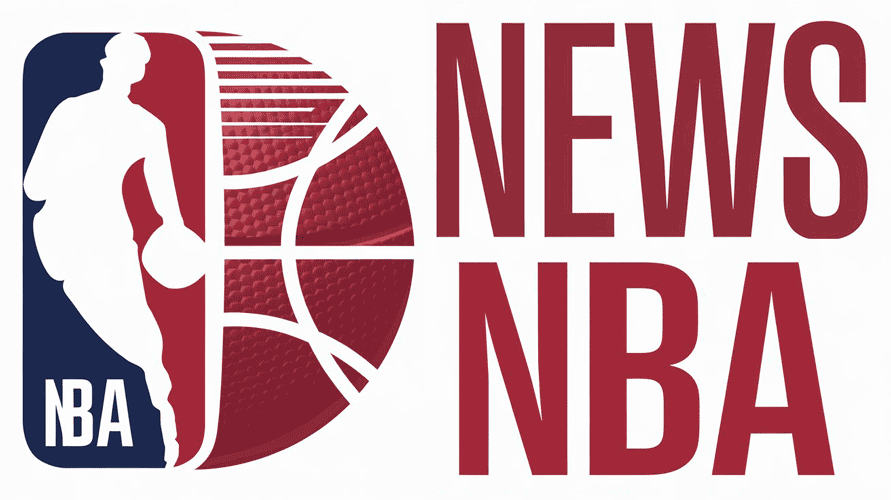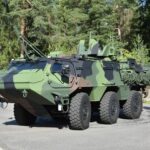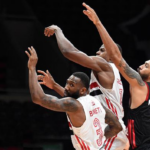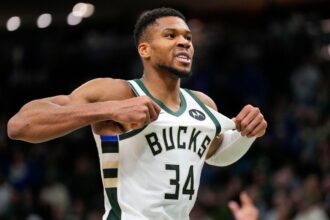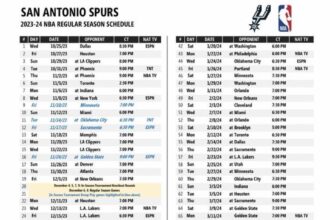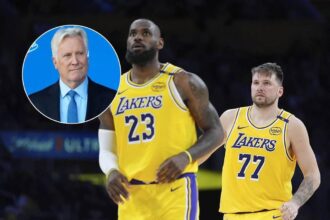The Dallas Mavericks have long been a subject of intrigue and debate within the NBA community. As the team navigates another season marked by high expectations and strategic shifts, questions arise about the organization’s long-term vision. Are the Mavericks operating with a clear, cohesive plan aimed at sustained success, or are they simply adapting on the fly, making decisions as circumstances unfold? This article delves into the Mavericks’ front office moves, roster construction, and management philosophy to determine whether Dallas truly has a roadmap for the future or if they’re improvising their way through the ever-changing landscape of professional basketball.
Assessing the Mavericks’ Long-Term Strategy Versus Short-Term Moves
When evaluating the Mavericks’ approach, it becomes clear that the club walks a fine line between long-term vision and reactive short-term moves. On one hand, Dallas has shown a commitment to building around Luka Dončić, investing heavily in complementary pieces like Dorian Finney-Smith and Reggie Bullock – indicating an understanding of what works alongside their franchise star. However, sporadic high-profile trades or signings, such as mid-season role-player swaps or salary dumps, often feel more like improvisations than parts of a coherent blueprint. This creates an image of a front office balancing patience with urgency, sometimes prioritizing immediate roster tweaks over sustained planning.
To better illustrate this balancing act, consider the following strategic elements:
- Youth Development: The infusion of draft picks and young talent like Josh Green hints at a developmental horizon.
- Veteran Acquisitions: Bringing in seasoned players on short-term deals aims to fill immediate gaps and stabilize minutes.
- Cap Flexibility: Maintaining financial wiggle room for high-impact moves, but occasionally locking into moderate contracts that may limit future maneuvering.
| Strategy Aspect | Evidence | Implication |
|---|---|---|
| Core Building | Focus on Luka & young roster | Long-term foundation |
| Mid-season Trades | Frequent role player changes | Short-term fixes |
| Contract Management | Mix of short-& mid-term deals | Moderate cap flexibility |
While the Mavericks’ strategy can’t be neatly boxed as purely visionary or purely impulsive, the truth likely lies in a hybrid approach. The front office appears to leverage Luka’s generational talent as the foundation, allowing them to dabble with roster permutations in response to results, injuries, or trade opportunities. Whether this dance between patience and opportunism will gel into a championship formula remains to be seen, but it undeniably fuels ongoing debate about Dallas’ ultimate blueprint.
Analyzing Key Roster Decisions and Their Alignment With Organizational Goals
When scrutinizing the Mavericks’ recent roster moves, one can’t help but notice a pattern that oscillates between calculated risks and reactive responses. The acquisition of veterans like Kyrie Irving and the mid-season trade for Christian Wood, for instance, suggest a desire to balance star power with depth – a strategy that theoretically aligns with a win-now mentality. Yet, the constant shuffling and lack of a clear succession plan for Luka Dončić hint at a franchise still experimenting with its identity. This indecisiveness raises questions about whether the Mavericks are truly building toward a sustainable future or simply patching holes as they appear.
Analyzing the key decisions through the lens of organizational priorities reveals some underlying contradictions. The emphasis on immediate competitive advantage often seems at odds with the development of younger talent, such as the sporadic minutes allocated to rookies and second-year players. Below is a snapshot illustrating how player roles have shifted over the past three seasons, shedding light on the Mavericks’ prioritization of experience versus potential:
| Season | Veteran Minutes % | Rookie/Young Player Minutes % | Playoff Outcome |
|---|---|---|---|
| 2021-22 | 68% | 32% | First Round Exit |
| 2022-23 | 74% | 26% | First Round Exit |
| 2023-24 | 70% | 30% | Ongoing |
- Veteran minutes consistently dominate,
- Playoff results haven’t improved despite roster tweaks,
- There’s no clear upward trajectory in nurturing young talent,
Recommendations for Establishing a Cohesive Vision to Drive Sustainable Success
To build a sustainable blueprint for success, an organization must first anchor itself in a unified vision that transcends individual player performances or periodic wins. This means defining clear, long-term objectives that resonate with every stakeholder, from owners and management to players and fans. Dallas Mavericks, like any top franchise, should prioritize consistency in values and culture-turning abstract ambitions into tangible goals. Key factors include establishing a development pipeline for young talent, balancing veteran leadership, and integrating analytics to inform decisions without losing the human element.
Implementing this vision requires transparent communication and measurable milestones that can guide daily operations and strategic pivots. Consider the following critical pillars that a team must align to maintain momentum:
- Strategic Player Acquisition: Targeting athletes who fit the system, not just stars with flashy stats.
- Data-Driven Decision Making: Leveraging advanced analytics without getting lost in numbers.
- Organizational Culture: Fostering resilience, accountability, and adaptability among all ranks.
- Fan Engagement: Maintaining transparent interactions to build loyalty and brand trust.
| Vision Component | Key Metric | Example in Practice |
|---|---|---|
| Player Development | Minutes of Young Players | Increasing rookie playtime year-over-year |
| Leadership Stability | Coach Tenure (Years) | Consistent coaching staff fosters chemistry |
| Analytics Integration | Percentage of Data-Informed Decisions | Decision-making influenced by advanced metrics |
Final Thoughts
In the end, the Dallas Mavericks find themselves at a crossroads between strategic foresight and reactive decision-making. While glimpses of a coherent vision are evident in certain long-term roster moves and developmental commitments, the team’s recent patchwork transactions suggest a degree of improvisation that raises questions about their organizational clarity. As the Mavericks navigate a highly competitive Western Conference, only time will reveal whether their approach is a calculated blueprint for sustained success or simply a series of adjustments made on the fly. For now, fans and analysts alike remain watchful, eager to see if Dallas can translate ambition into a consistent and effective vision moving forward.
